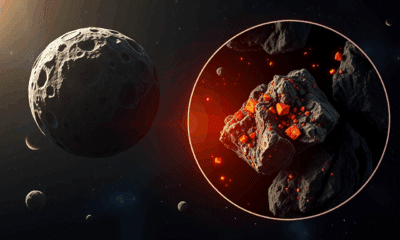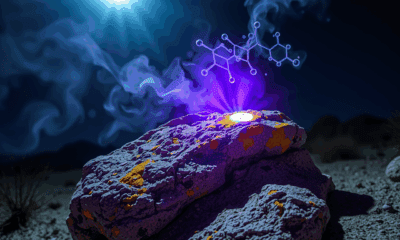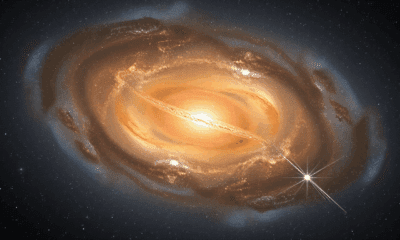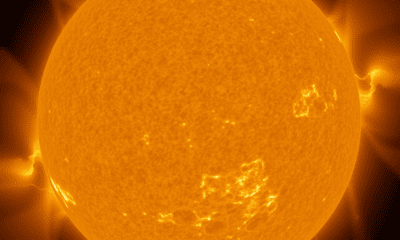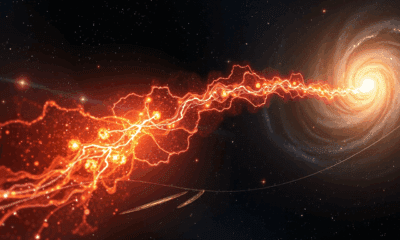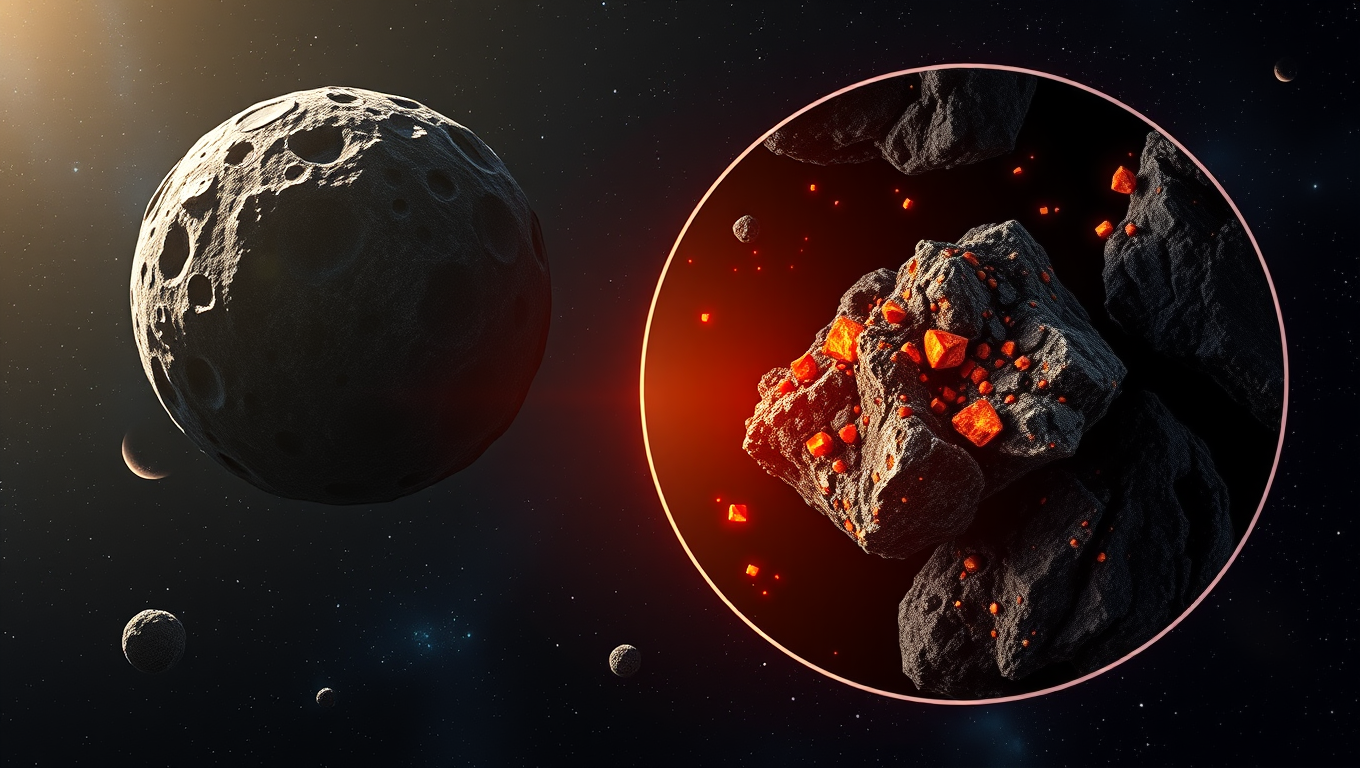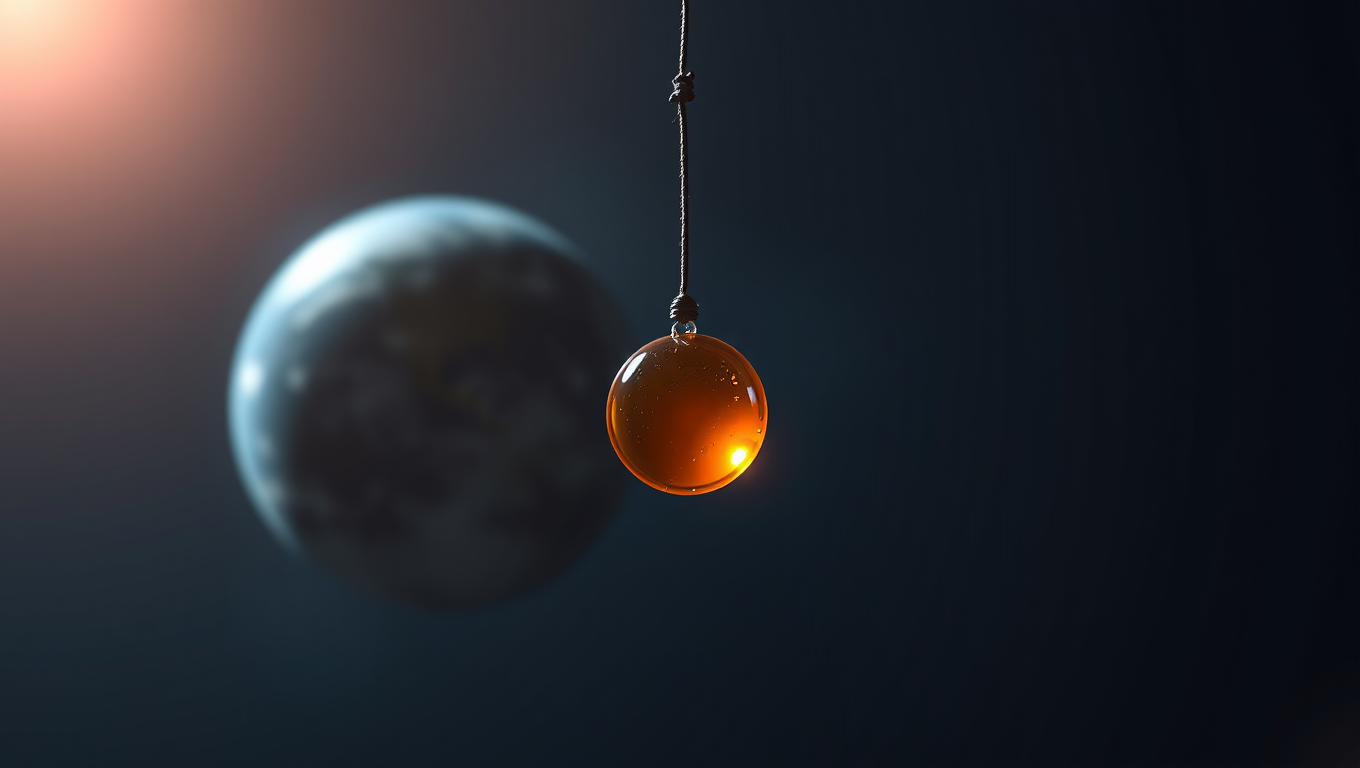While we try to keep things accurate, this content is part of an ongoing experiment and may not always be reliable.
Please double-check important details — we’re not responsible for how the information is used.
Asteroids, Comets and Meteors
Asteroid Impact Threat Estimates Improved for Earth and the Moon
An international team is currently closely tracking the near-Earth asteroid 2024 YR4. The impact probability estimates for the year 2032 has been reduced from a peak of 3 percent to below 0.001 percent.
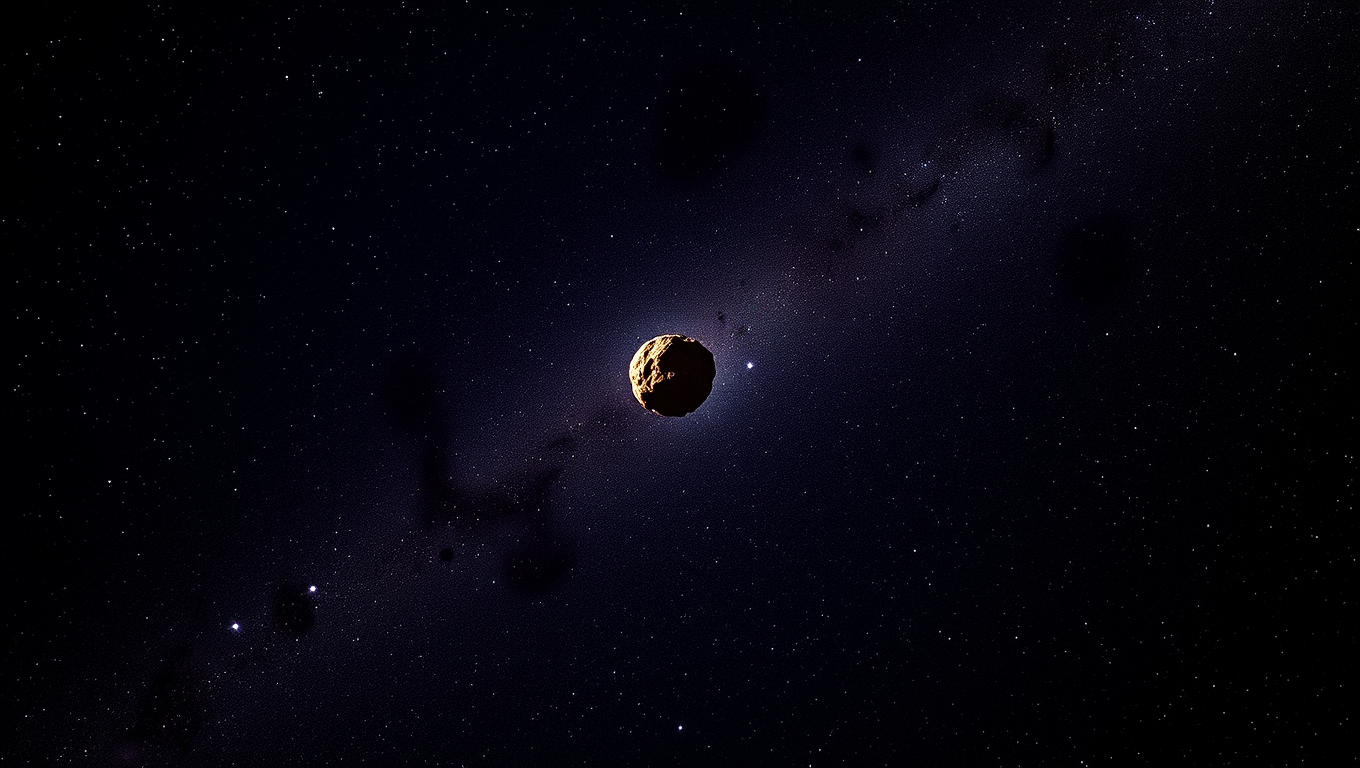
Asteroids, Comets and Meteors
A Mysterious Mineral in Asteroid Ryugu Challenges Our Understanding of Planetary History
A surprising discovery from a tiny grain of asteroid Ryugu has rocked scientists’ understanding of how our Solar System evolved. Researchers found djerfisherite—a mineral typically born in scorching, chemically reduced conditions and never before seen in Ryugu-like meteorites—inside a sample returned by Japan’s Hayabusa2 mission. Its presence suggests either Ryugu once experienced unexpectedly high temperatures or that exotic materials from other parts of the solar system somehow made their way into its formation. Like discovering a palm tree fossil in Arctic ice, this rare find challenges everything we thought we knew about primitive asteroids and the early mixing of planetary ingredients.
Asteroids, Comets and Meteors
Building on Mars: The Future of Space Colonization
Imagine printing your Martian home from dust, sunlight, and a bit of biology. A new synthetic lichen system uses fungi and bacteria to grow building materials directly from Martian soil, completely autonomously and without human help.
Asteroids, Comets and Meteors
Tiny Orange Beads Reveal Moon’s Explosive Past: Unraveling the Secrets of Lunar Volcanism
When Apollo astronauts stumbled across shimmering orange beads on the moon, they had no idea they were gazing at ancient relics of violent volcanic activity. These glass spheres, tiny yet mesmerizing, formed billions of years ago during fiery eruptions that launched molten droplets skyward, instantly freezing in space. Now, using advanced instruments that didn’t exist in the 1970s, scientists have examined the beads in unprecedented detail. The result is a remarkable window into the moon s dynamic geological history, revealing how eruption styles evolved and how lunar conditions once mirrored explosive events we see on Earth today.
-

 Detectors2 months ago
Detectors2 months agoA New Horizon for Vision: How Gold Nanoparticles May Restore People’s Sight
-

 Earth & Climate4 months ago
Earth & Climate4 months agoRetiring Abroad Can Be Lonely Business
-

 Cancer3 months ago
Cancer3 months agoRevolutionizing Quantum Communication: Direct Connections Between Multiple Processors
-

 Agriculture and Food3 months ago
Agriculture and Food3 months ago“A Sustainable Solution: Researchers Create Hybrid Cheese with 25% Pea Protein”
-

 Diseases and Conditions4 months ago
Diseases and Conditions4 months agoReducing Falls Among Elderly Women with Polypharmacy through Exercise Intervention
-

 Albert Einstein4 months ago
Albert Einstein4 months agoHarnessing Water Waves: A Breakthrough in Controlling Floating Objects
-

 Earth & Climate3 months ago
Earth & Climate3 months agoHousehold Electricity Three Times More Expensive Than Upcoming ‘Eco-Friendly’ Aviation E-Fuels, Study Reveals
-

 Chemistry3 months ago
Chemistry3 months ago“Unveiling Hidden Patterns: A New Twist on Interference Phenomena”

